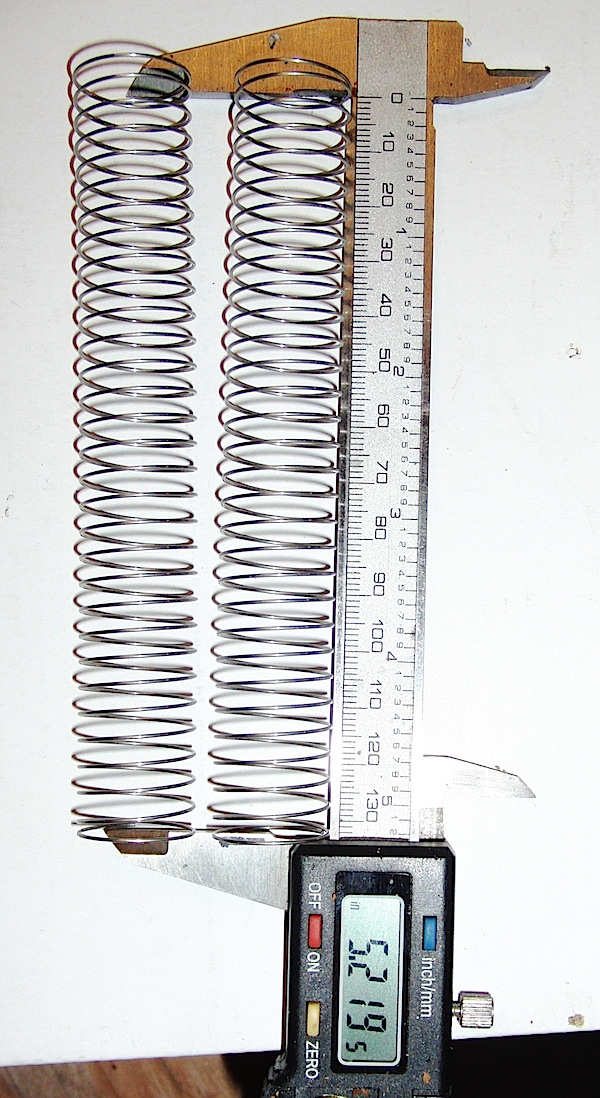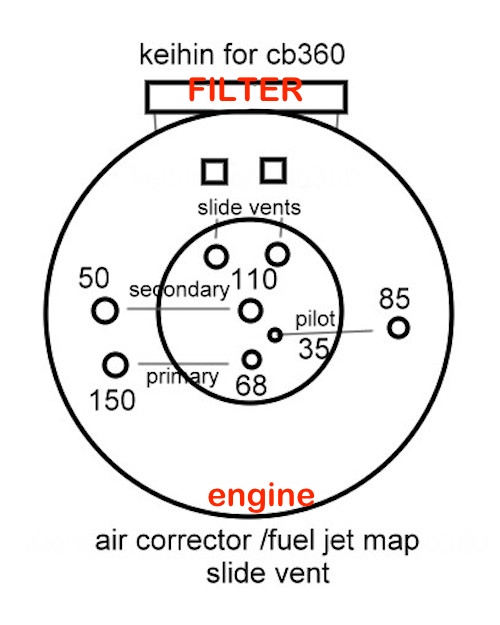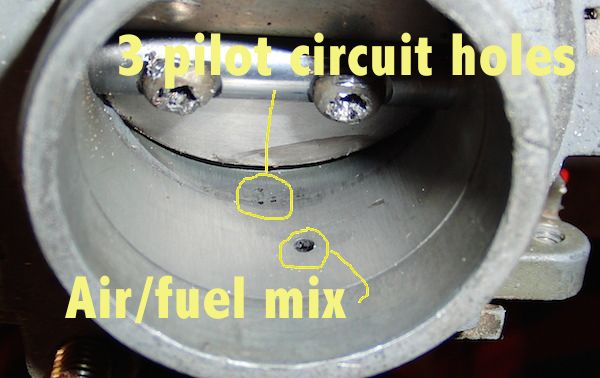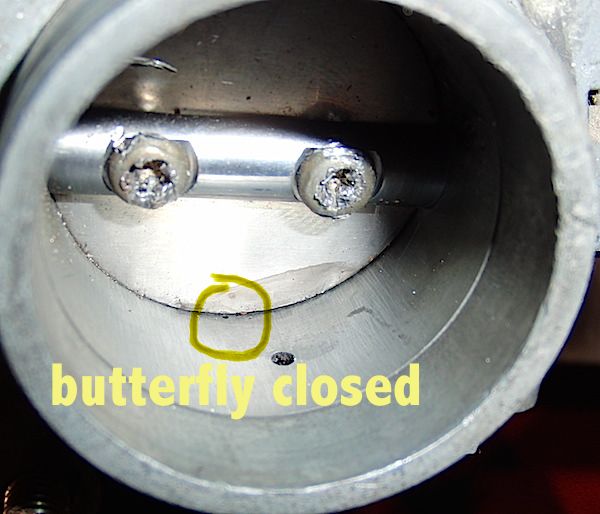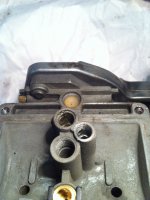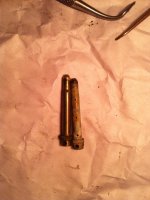motormayhem
Active Member
My CB360 runs pretty good when cold. When it warms up, it idles ok and pulls good above 3k but the right cylinder has trouble off idle until above 3k. Also, when rolling at a constant speed/decelerating slightly ( both at low throttle) it sounds like the left cylinder is doing more work until I give it slightly more throttle and the right lights up and pulls. At higher RPMs and more throttle it pulls nice and hard. Any ideas?
Here is what I have done/checked:
Rebuilt Carbs (running 108 jets to help with pods, problem was there before and after)
Played with Sync (bench set with carbs out and then synced by ear…same issue)
Adjusted idle mix
Set points
Replaced points
Adjusted valves
Tensioned cam chain
Sprayed manifold boots with carb cleaner when running to check for vac leaks (no change in running speed)
Changed and gaped plugs
Here is what I have done/checked:
Rebuilt Carbs (running 108 jets to help with pods, problem was there before and after)
Played with Sync (bench set with carbs out and then synced by ear…same issue)
Adjusted idle mix
Set points
Replaced points
Adjusted valves
Tensioned cam chain
Sprayed manifold boots with carb cleaner when running to check for vac leaks (no change in running speed)
Changed and gaped plugs


